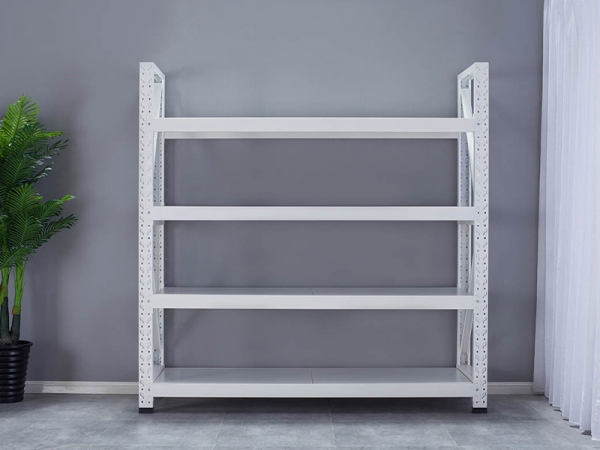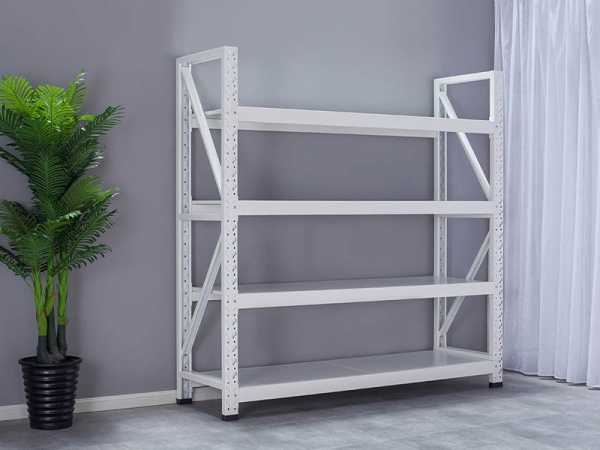We all know that the shelf is a kind of storage equipment specially used to store the finished items, and it often appears in the warehouse. With the massive increase in the amount of information, the shelf has also realized mechanization and automation, thereby improving our work efficiency. So how much do you know about shelving system and the classification of shelves?
1. The shelf is convenient to store goods with complex specifications, improves the utilization rate of the warehouse space, and reduces the input of loading and unloading.
2. The shelf can also effectively protect the items, and it is convenient to access, easy to count and measure.
3. To ensure the quality of stored goods, measures such as moisture-proof, dust-proof, and damage can be taken to improve the quality of material storage.
4. The structure and function of the shelf are conducive to the realization of the mechanization and automatic management of the warehouse.

(1) According to whether the shelf is fixed or mobile, it can be divided into:
1. Fixed shelves
Fixed racks can be subdivided into shelf racks, pallet racks, through racks, gravity racks, press-in racks, loft racks, steel structure platforms, cantilever racks, mobile racks, drawer racks, corbels Type shelves and so on.
Mobile racks can be subdivided into mobile racks and rotating racks. Among them, mobile racks can be subdivided into light and medium mobile racks (also called dense racks, divided into manual and electric), heavy pallet mobile racks, and rotating racks. Shelves can be subdivided into two types: horizontal rotating shelves and heavy vertical rotating shelves.
(2) According to the connection between the shelf system and the warehouse building structure, it can be divided into:
1. Storage racks in one rack
The shelf system and the building roof form an inseparable whole. The shelf columns directly support the roof load, and the building enclosure (wall) structure is installed on the pillars on both sides.
2. Separate structured shelves
The system and the building are two separate systems, and there is no direct connection between them.

(3) The load capacity of each layer of the receiving unit rack can be roughly divided into:
1. Light-duty shelves: the load capacity of each layer is not more than 200kg.
2. Medium-sized shelves: The load capacity of each layer is 200~500kg.
3. Heavy-duty racks: each layer has a load capacity of more than 500kg.
(4) According to the height of the shelf, it is divided into:
1. Low shelf: below 5m in height.
2. High shelf: 5~12m in height.
3. Super high shelf: requirements above 12m.
The above is the function of the shelves organized by the editor for you and the classification of the shelves. I believe everyone here will understand that there are many types of shelves and the classification methods are not the same. We can choose the right shelf according to our needs.